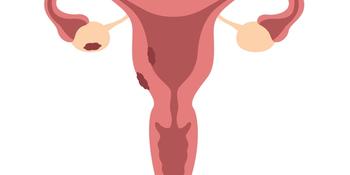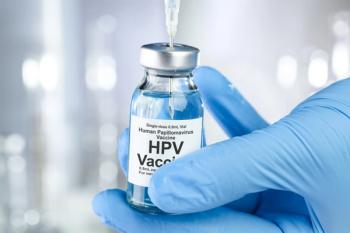
Researchers find a way to target the inflammation of endometriosis

Many of the symptoms of endometriosis, including pain and infertility, are likely caused by inflammation. A new study identifies a potential treatment.
Endometriosis is a disease wherein tissue similar to what lines the uterus grows outside of it. The disease, which affects 10% of women of reproductive age worldwide, causes severe pain and often infertility. Many of the symptoms that come with endometriosis are likely caused by inflammation, but until now, there has been no way to treat that inflammation specifically.
In a new study, Yale researchers identify the cells that underlie this inflammation and uncover a way to target them. The findings, researchers say, could yield new treatments for a disease that currently has few therapeutic options.
The study was published Aug. 14 in the
Apart from surgery for severe cases, the only treatment options for endometriosis are hormone-based.
“The hormone treatments do stop the tissue growth, but they come with a lot of side effects. And anyone trying to get pregnant can’t use these treatments,” said
In previous studies, researchers have found that white blood cells called macrophages, which typically help defend the body against pathogens, are abundant in cases of endometriosis and play a key role in the disease progression. But even in these cases, not all macrophages are associated with the disease — and scientists have not been able to target those that are.
“Macrophages are very important for innate immunity, our body’s first line of defense,” said
In the new study, Huang and her colleagues were able to identify a protein that serves as a sort of flag that identifies which macrophages have been reprogrammed by the disease microenvironment to become pathogenic. By looking through publicly available datasets comparing endometriosis lesions to healthy tissue, they found that the lesions had far more macrophages that had too much of a protein called TET3.
“But this protein, TET3, that the macrophages are overexpressing also makes them vulnerable,” said Huang. “Because reducing the level of TET3 kills the macrophage.”
With a molecule called Bobcat339, the researchers were able to trigger TET3 degradation in macrophages, killing the pathogenic white blood cells. Further, in mouse models of endometriosis, Bobcat339 significantly reduced lesions.
“It’s really a magic bullet,” said Taylor. “We’ve known these endometriosis-associated macrophages were there but had no way to distinguish them or target them. And now we do. It’s really revolutionary.”
Moreover, Huang, who has been evaluating molecules similar to Bobcat339, has found at least one option that appears to work even better than Bobcat339. These molecules could lead to a completely new treatment, she said, one that targets the inflammation associated with endometriosis without the side effects and fertility impacts of hormone-based treatments. And because Bobcat339 is effective when taken orally, treatment could be as easy as taking a pill.
The researchers also see this type of treatment being applied to other chronic inflammatory diseases, including cancer.
“In endometriosis, inflammation caused by these macrophages affects other parts of the body, such as the gastrointestinal tract, the bladder, and the brain,” said Taylor. “So being able to treat the inflammation of endometriosis will probably have a wider implications in the long term.”
Newsletter
Get the latest clinical updates, case studies, and expert commentary in obstetric and gynecologic care. Sign up now to stay informed.









